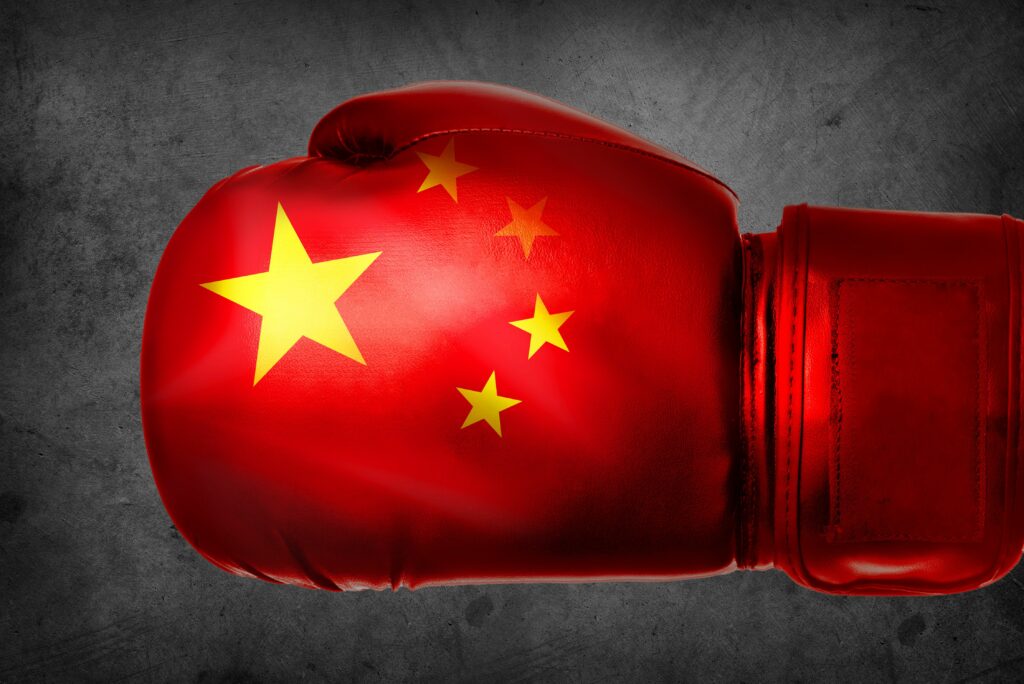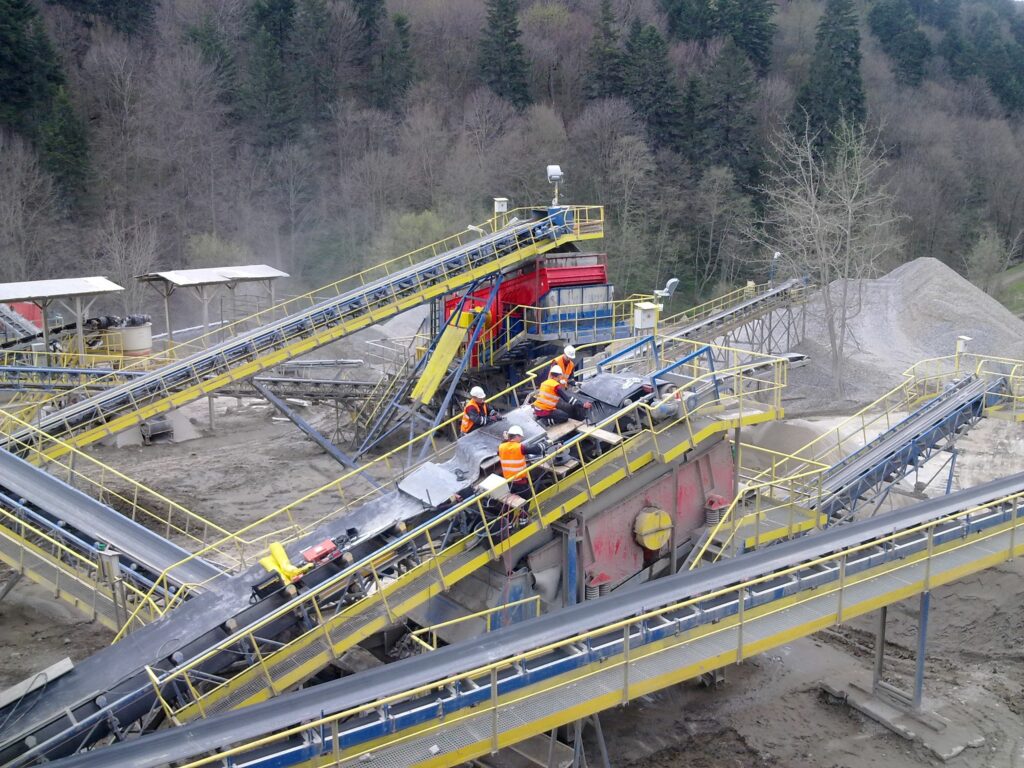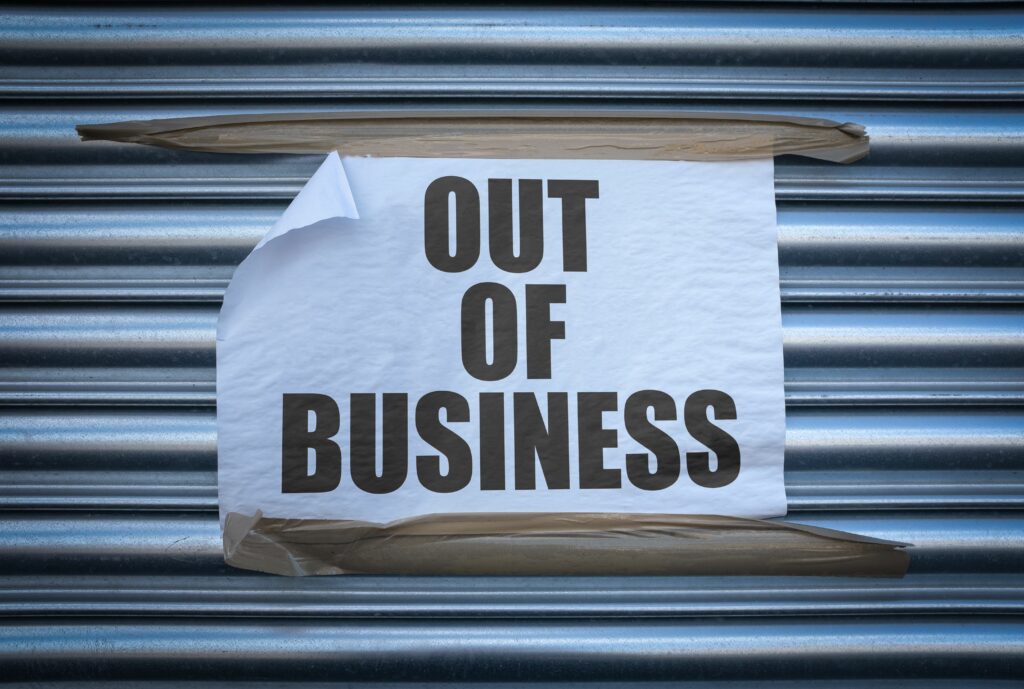It’s Time to Decide

Over the past two decades, Chinese exports of manufactured goods have increased twenty-five-fold, with more and more of the manufacturing base in Europe succumbing to this growing dominance. Conveyor belt manufacturing is no exception. Low-grade, cut-price belting imported from Southeast Asia, primarily China, continues to grow at an unprecedented rate. As a result, more and more conveyor belt manufacturers have either gone out of business entirely or have had to reduce capacity by closing production plants. None of us should therefore really be surprised by recent announcements of more such closures in Europe. Indeed, it serves as a timely reminder that for everyone involved with conveyor belts in the Western world, the very future of conveyor belt supply is in our hands.
Playing the long game.
Chinese industry, across all spectrums, likes to ‘play the long game’. This involves taking advantage of a combination of abundant, cheap labour, state subsidies, producing products of only marginal acceptability at best, and using low-grade, unregulated raw materials with an almost complete disregard for human and environmental safety. It has been a successful tactic used in many industries. Their ‘key to the door’ is remarkably low prices offered for apparently ‘like for like’ specification products.

In the case of rubber conveyor belts, they rely on the fact that a great many end-users do not really understand the technicalities of what is a surprisingly complex component. Consequently, buyers of conveyor belts find such offers irresistible, despite the fact that all the evidence shows that such pricing defies logic. Added to this, the economic model also fails to work when taking into consideration the considerably longer operational lifetime afforded by high-quality European and North American belts and the appreciably lower repair and maintenance costs during that lifetime.
In their best interests.
A considerable proportion of end-users source their conveyor belting from companies that supply, fit, repair and maintain conveyors and trading companies for which conveyor belts are simply a commodity. The stark realities of business mean that to survive they must meet the budgetary requirements of their customers and beat their competitors on price.

Ironically, supplying lower grade components that need a higher level of intervention and ultimately need to be replaced many times more frequently than their premium quality counterparts, is good news for service companies and traders alike. It would, of course, be wrong to accuse all service companies of such self-interested practices because, as I know from my own experiences throughout Europe and North America, there are many service companies who’s business model is based on quality and value for money, interspersed with a proportion who’s path is somewhere in between.
Nowhere left to go.
The big prize for the ‘market saturation’ tactics employed by Southeast Asian manufacturers is that, ultimately, when their competitors have been forced out of business, the market is wide open and at their mercy. Not only will they have lost their challengers in terms of quality standards, they will also be free to charge what they like, which we have seen happen in many other industries and with a number of important raw materials used by conveyor belt manufacturers.
Yet another vitally important but woefully forgotten fact is that, by its very nature, Asian manufacturing relies heavily on copying rather than product development and improvement. Within that lies the demand for ‘specialist’ conveyor belts such as fire resistant, rip & tear resistant, oil resistant and so on. In fact, it is worth noting that every type of specialist belt, without exception, has been developed by the very manufacturers that Asian manufacturers are trying to force out of business. In terms of volume, the demand for such belts is not of sufficient interest to those manufacturers who rely on the economy of scale created by mass volume production of conventional belting such as everyday abrasion resistant belting. The continued demise of western manufacturers would therefore close even more doors.

In truth, this all means that those end-users who choose to select on price rather than the quality, whole life cost option, and the service companies and traders who import and re-sell belts from Asia, are simply playing into the hands of Southeast Asian manufacturers and hastening the end towards a market that no longer has a choice. Ultimately, without a conscious effort from those that buy conveyor belts to support western manufacturers, it will be more than just the European belt manufacturers who will become victims. It’s time to decide.
Bob Nelson.
